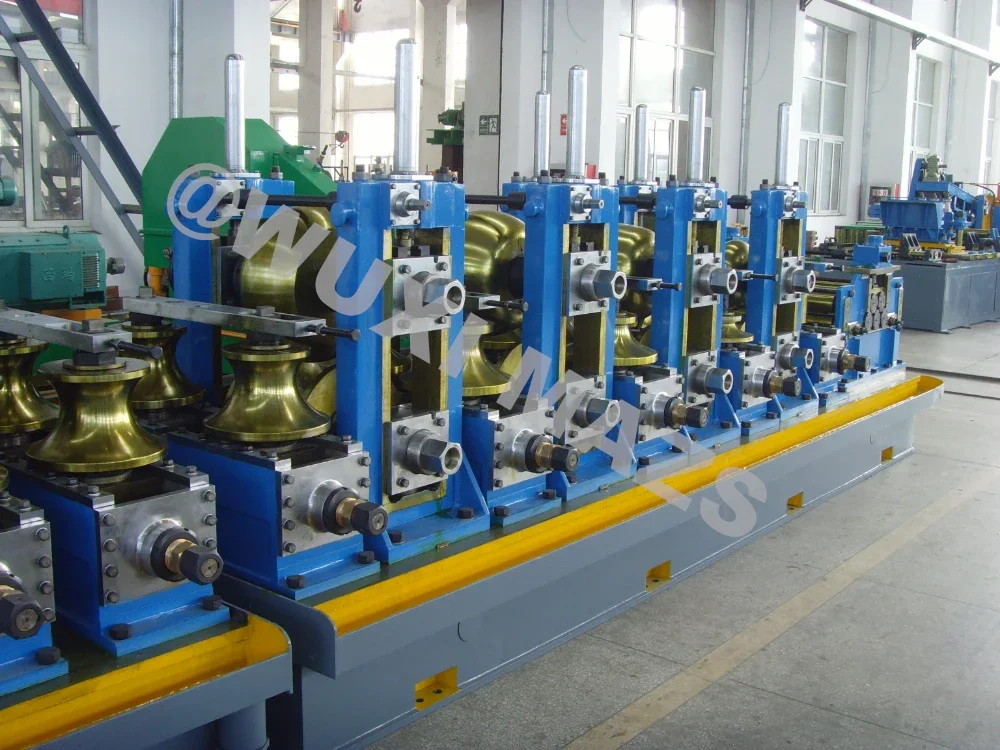
Transformers play a crucial role in the efficient transmission and distribution of electrical energy. However, one common challenge faced by these devices is their relatively low efficiency. In this blog post, we will delve into the intricacies of transformer efficiency, exploring the various factors that contribute to its low levels. By understanding these factors, we can identify potential solutions to enhance transformer performance and optimize energy utilization.
- Core Losses:
One significant factor impacting transformer efficiency is core losses. These losses occur due to hysteresis and eddy currents within the transformer's core material. Hysteresis losses result from the magnetic domains' resistance to change, while eddy currents are induced circulating currents within the core. To mitigate core losses, transformer manufacturers employ high-quality core materials with low hysteresis and eddy current losses, such as laminated silicon steel or amorphous alloys. - Copper Losses:
Another crucial aspect affecting transformer efficiency is copper losses. These losses arise from the resistance of the transformer's copper windings, leading to power dissipation in the form of heat. To minimize copper losses, transformers are designed with larger conductor cross-sections and lower resistivity materials. Additionally, optimizing the winding configuration and reducing the winding length can help reduce these losses further. - Load Variations:
Transformer efficiency is also influenced by load variations. Transformers are designed to operate optimally at specific load levels, typically around 50-70% of their rated capacity. Operating below or above these levels can result in decreased efficiency. To address this issue, load management techniques, such as load balancing and load forecasting, can be employed to ensure transformers operate within their optimal range, maximizing efficiency. - Harmonic Distortion:
Harmonic distortion, caused by non-linear loads connected to the transformer, can significantly impact its efficiency. Non-linear loads, such as electronic devices and variable speed drives, introduce harmonic currents that lead to increased losses and reduced efficiency. Implementing harmonic filters and using power factor correction techniques can help mitigate these losses and improve transformer efficiency. - Cooling Systems:
Efficient cooling is vital for maintaining optimal transformer performance. Inadequate cooling can lead to increased losses and reduced efficiency. Transformers are equipped with various cooling systems, including air cooling, oil cooling, and liquid-immersed cooling, depending on their size and application. Proper maintenance and regular monitoring of cooling systems are essential to ensure efficient heat dissipation and optimal transformer operation.
Conclusion:
Transformer efficiency is influenced by a multitude of factors, including core losses, copper losses, load variations, harmonic distortion, and cooling systems. By addressing these factors, manufacturers and operators can enhance transformer performance, minimize energy losses, and improve overall system efficiency. Optimizing transformer design, employing advanced materials, implementing load management techniques, and ensuring efficient cooling are key steps towards achieving higher transformer efficiency and sustainable energy utilization.


